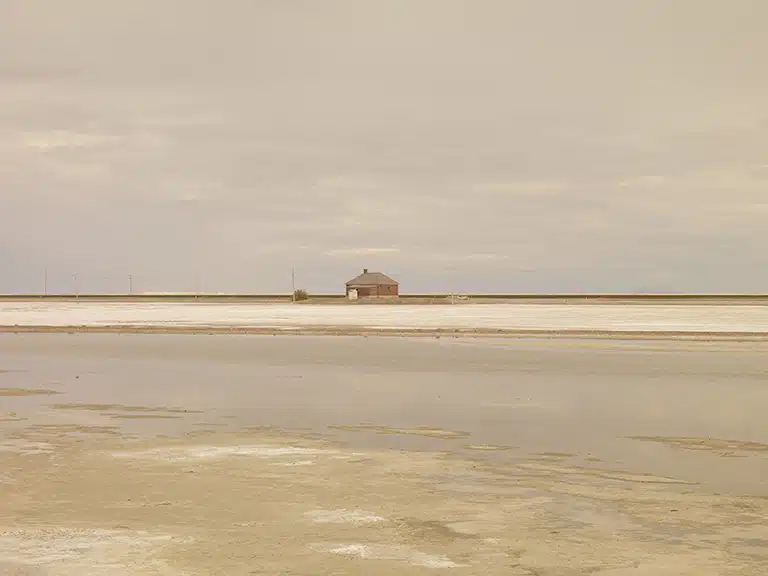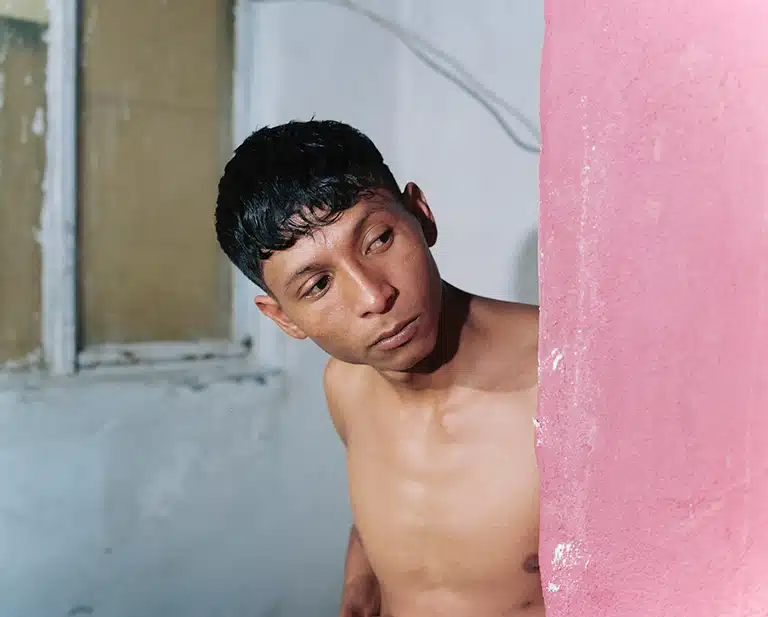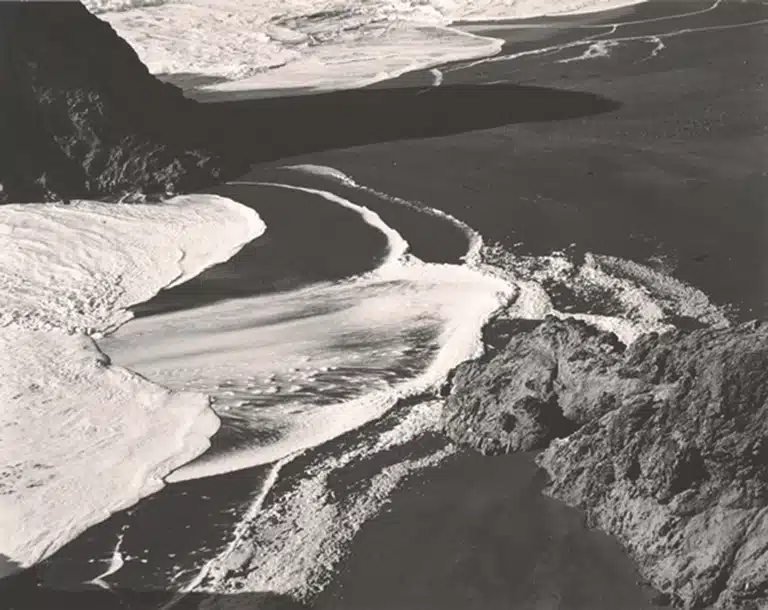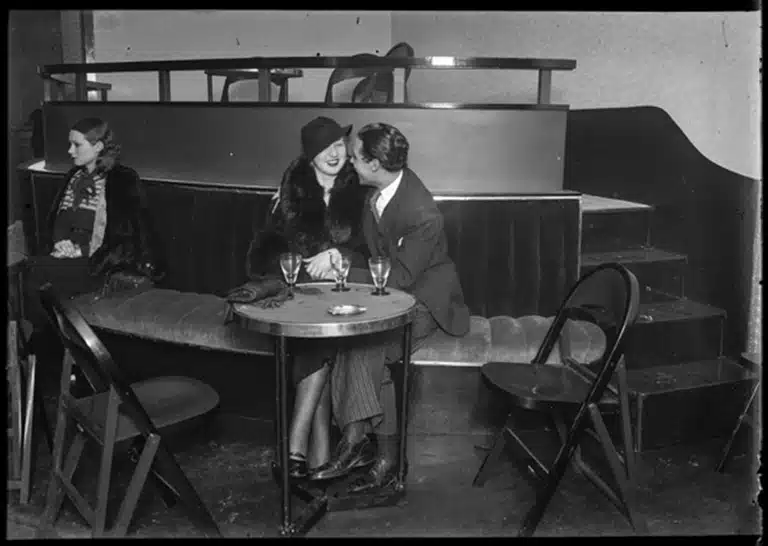Alvin Langdon Coburn
DEC.13.2014 ──────── FEB.08.2015
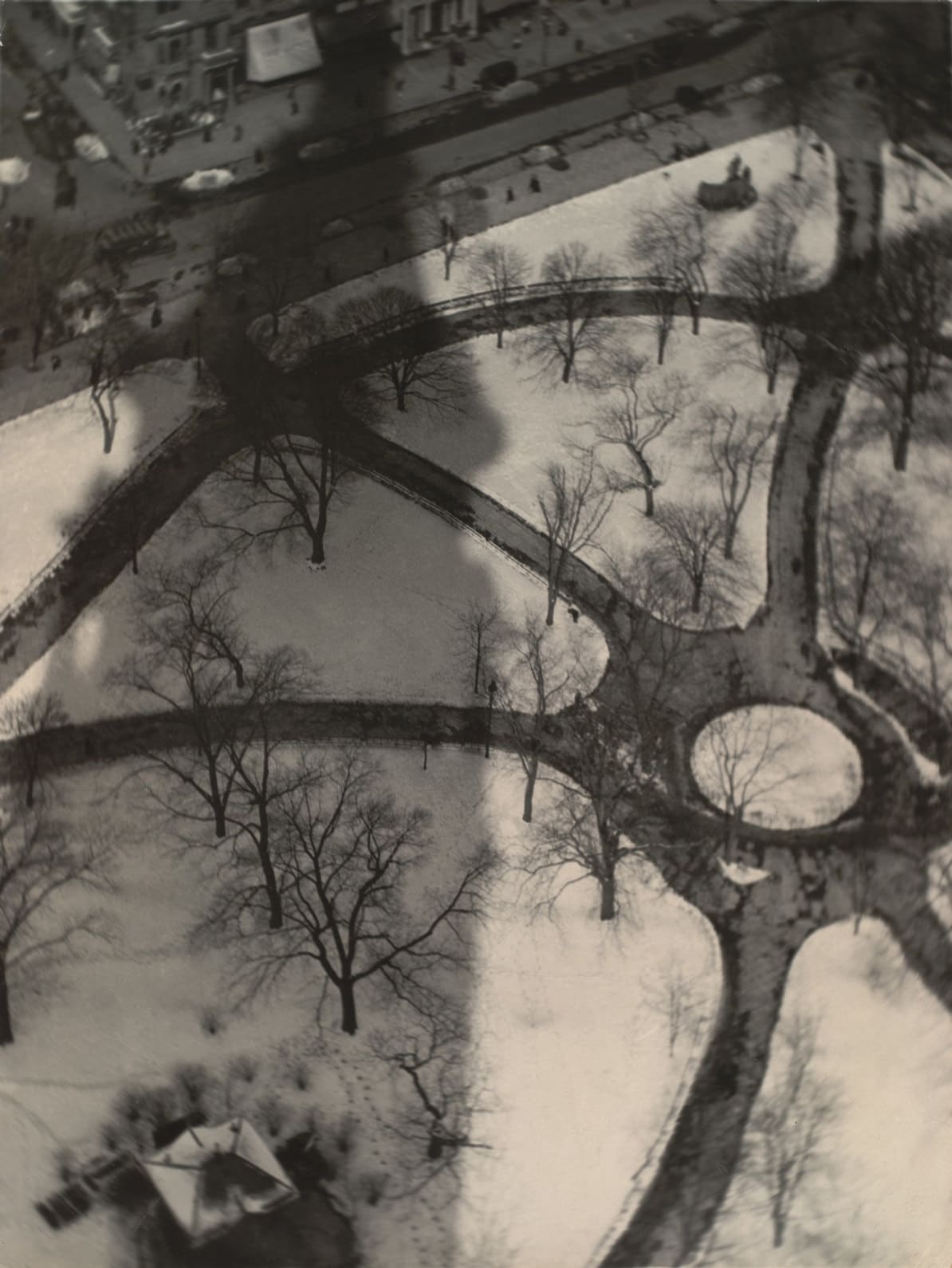
Alvin Langdon Coburn
The Octopus, Madison Square Park [El pulpo, Madison Square Park], 1909
© George Eastman House, International Museum of Photography and Film 31 Studio, Londres
Exhibition
DEC.13.2014 ── FEB.08.2015
Location
Bárbara de Braganza Exhibition Hall
Bárbara de Braganza, 13. 28004 Madrid
A pictorialist, a symbolist and always an innovator, Coburn was the first of the modernist and abstract photographers and led photography along new and stimulating paths. His artistic career is located at the intersection of the pictorialism of the end of the 19th century and the avant-garde photography of the beginning of the last century.
The exhibition, produced by Fundación MAPFRE, offered a selection of 180 photographs that clearly demonstrated the full range of creative work that shaped his career.
The exhibition
Alvin Langdon Coburn (Boston, 1882-Wales, 1966) is recognized today as a cult photographer and considered to be one of the best of the 20th century. He belonged to a legendary and brilliant generation of pioneering avant-garde photographers, with colleagues such as Steichen, Stieglitz and Strand.
Among the 180 photographs which were on display of this North American who settled in Great Britain, we cannot fail to highlight his portraits of renowned contemporary thinkers, his hazy cityscapes of London, New York and Venice and his extraordinary natural landscapes of the Grand Canyon and Yosemite. He formed part of the British Vorticist movement and together with his friend Ezra Pound designed the vortoscope, a complex contraption that distorted images in the style of Picasso and which was undoubtedly one of the main contributions to the avant-garde scene of his day.
Taking part in the Photo-Secession group in 1902 and in the British photography association known as the Brotherhood of the Linked Rink enabled him to forge solid links with the artistic world of that time, both in Europe and the United States. Nonetheless, Coburn’s subject matter differed from that of both groups’ members who specialized in portraits, nudes and landscapes, and instead focused on depicting industrial and urban landscapes. His fascination for the city, industrial machinery and port areas inextricably linked with big cities led him to experiment with unusual points of view and perspectives for the time. Nevertheless, despite the fundamental role that he has played in the origins of avant-garde photography, Coburn continues to be one of the least well-known artists of his generation. Despite not fully giving up photography, from 1917 he cut himself off from the world in Wales and slowly distanced himself from photography in order to reach spiritual renewal through religion.
